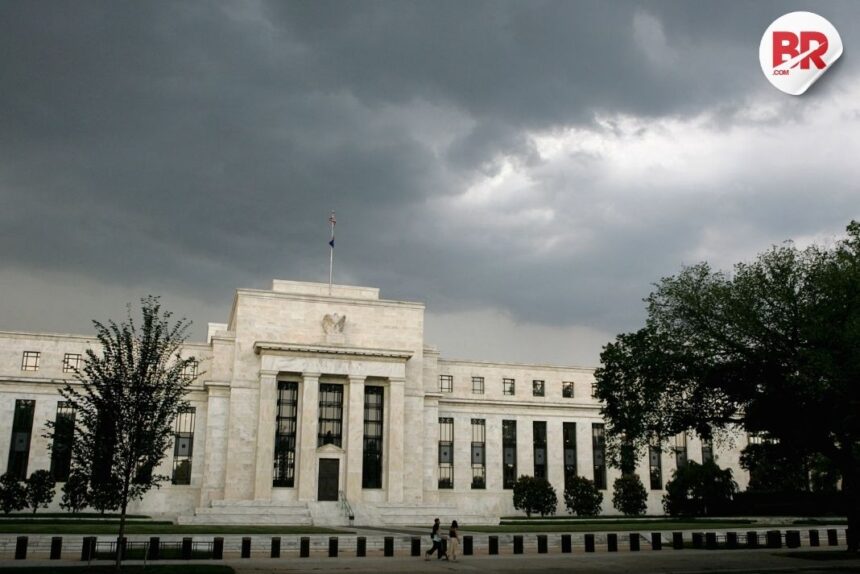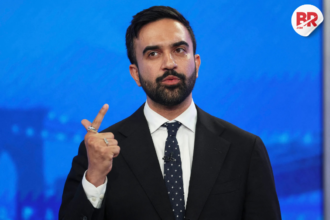
Trump is back with another bold demand: a 1% Fed policy rate.
His goal? Cut borrowing costs so the government can afford more spending and tax cuts. Sounds simple, right? But here’s the problem — a 1% interest rate is not a sign of a healthy economy. It’s usually a panic button during a crisis.

Let’s break this down.
Right now, the US economy is doing okay.
Unemployment is low. Growth is steady. Inflation is a bit above target but manageable. In this situation, a drastic rate cut to 1% could scare investors. It may look like the Fed is caving to political pressure. That can hurt trust. And trust is key in the $36 trillion Treasury market.
If the market thinks the Fed is acting for politics, not data, inflation could rise again. And once inflation expectations rise, it’s hard to pull them back. Bond yields could shoot up, defeating the whole purpose of Trump’s rate cut wish.
Gregory Daco, an economist at EY-Parthenon, said the same thing. He warned that slashing rates without economic reasons could damage Fed independence and shake up markets.
So why does Trump want this?
Because lower rates make it cheaper to borrow money. His new spending bill — the “One Big Beautiful Bill Act” — will add to the deficit. Cheaper loans help pay for it.
But here’s the catch: the Fed isn’t there to fund government plans. Its job is to keep prices stable and people employed. Cutting rates to 1% now won’t help that. In fact, it could do the opposite.
Let’s talk history.
The Fed only dropped rates to 1% during bad times — after 9/11, the Iraq War, the 2008 financial crisis, and the COVID-19 lockdown. In each case, the economy was struggling. That’s not where we are today.
The Fed doesn’t directly set all interest rates. But it does influence them. Treasury yields, mortgage rates, credit cards — they all follow the Fed’s lead. And the world is watching. If the US looks like it’s playing politics with interest rates, investors might lose faith.
Here’s the real risk.
If trust falls, the US may have to pay more to borrow. That means higher interest rates long-term — the exact opposite of what Trump wants. Plus, his own tariffs could push prices up even more.
In short:
Trump’s push for a 1% Fed rate is risky. It’s not based on the current economic data. It could send the wrong message, shake investor confidence, and light the fire under inflation again.
Some wishes come true. This one might come with a price.












